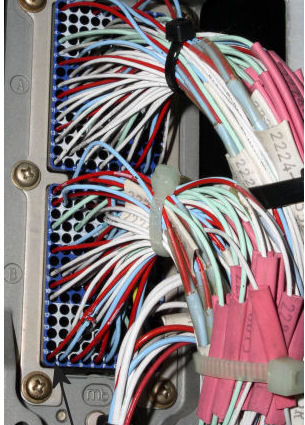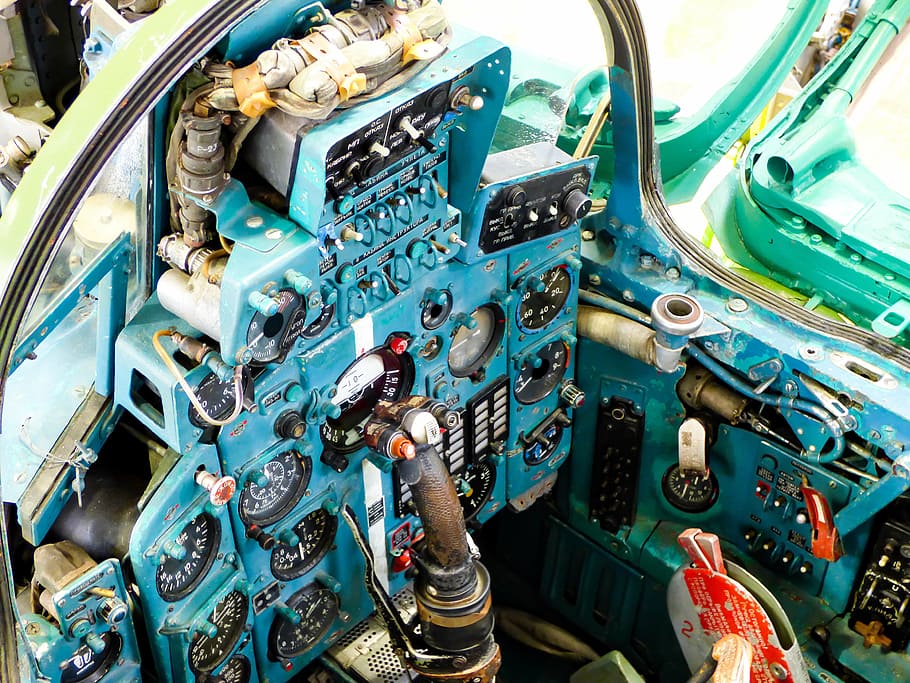Essential Guide to ARINC-429 Wiring: This paper serves as an essential guide to wiring ARINC-429 systems, providing insights into key considerations and best practices for ensuring reliable data transmission in aircraft. Proper wiring is crucial for maintaining signal integrity and minimizing errors in avionics systems. By understanding the principles and guidelines outlined in this guide, engineers and technicians can optimize the performance and reliability of ARINC-429 wiring in aircraft.

Introduction
ARINC-429 is a widely used protocol in avionics systems for data communication. Proper wiring practices are essential to ensure reliable transmission of data and to minimize signal degradation and errors. This article provides an essential guide to ARINC-429 wiring, covering key considerations and best practices for achieving optimal performance in aircraft applications.
Cable Selection
Choosing the right cable is crucial for effective ARINC-429 wiring. Coaxial cables with a characteristic impedance of 78 ohms are commonly used for ARINC-429 applications. These cables provide proper signal transmission and minimize reflections. It is important to select cables with appropriate shielding to reduce electromagnetic interference (EMI) and ensure signal integrity.
Connector Selection
Selecting the appropriate connectors is vital for reliable ARINC-429 wiring. Connectors should be chosen based on their compatibility with the selected cable type and impedance. BNC connectors are commonly used for ARINC-429 wiring due to their reliable performance and ease of use. It is important to ensure proper grounding and shielding of connectors to minimize signal losses and EMI.
Wiring Considerations
4.1 Signal Separation: To minimize crosstalk and interference, it is crucial to keep ARINC-429 wiring separate from high-power and high-frequency wiring. Physical separation and appropriate shielding between different wiring systems are necessary to prevent unwanted coupling and signal corruption.
4.2 Wire Routing: Proper wire routing helps reduce signal degradation and interference. Avoid routing ARINC-429 wiring near sources of EMI, such as power cables, transformers, and high-frequency devices. Maintain sufficient clearance between wiring bundles and secure them properly to prevent excessive movement, which can lead to wire fatigue and failures.
4.3 Grounding: Establishing proper grounding is essential for maintaining signal integrity in ARINC-429 wiring. Use dedicated ground wires for each ARINC-429 bus, ensuring low resistance and proper grounding connections. Grounding should be done at both ends of the cable to minimize ground loop effects and ensure effective noise cancellation.
Testing and Verification
Thorough testing and verification are crucial to ensure the integrity of ARINC-429 wiring. Use appropriate test equipment and protocol converters, such as network analyzers, to measure impedance, identify signal losses, and detect potential wiring faults. Verify proper termination and continuity of cables, and conduct functional testing to ensure data transmission integrity.
Documentation
Maintaining comprehensive documentation of ARINC-429 wiring installations is essential for troubleshooting, maintenance, and future modifications. Document the cable types, lengths, connectors used, and the wiring configurations. Include wiring diagrams, cable routing plans, and any modifications made during installation. This documentation serves as a valuable reference for future maintenance and troubleshooting purposes.
Conclusion
Proper wiring practices are essential for ensuring reliable data transmission in ARINC-429 systems in aircraft. By considering key considerations such as cable and connector selection, signal separation, wire routing, grounding, testing, and documentation, engineers and technicians can optimize the performance and reliability of ARINC-429 wiring. Following best practices in ARINC-429 wiring helps minimize signal degradation, crosstalk, and interference, contributing to the overall efficiency and safety of avionics systems.

References:
ARINC-429: Avionics Digital Information Bus, ARINC Specification 429, Aeronautical Radio Incorporated (ARINC), 2018.
Thomerson, T. L. (2014). ARINC 429: An Avionics Data Bus. NASA/TM—2014-218940.
Johnson, J. (2015). Wiring for ARINC 429. ARINC White Paper.
Taghvaeeyan, S., & Farrokhi, M. (2017). Effects of grounding on common mode noise in aircrafts. 2017 IEEE International Symposium on Electromagnetic Compatibility & Signal/Power Integrity (EMCSI).
Bender, S., & Bacic, A. (2016). Design of a Wire Bonded ARINC 429 Transmitter Integrated Circuit. 2016 24th Telecommunications Forum (TELFOR).
Wright, J., & Carr, J. (2015). Data Communication and Network Design in ARINC 429. AIAA SciTech Forum.





